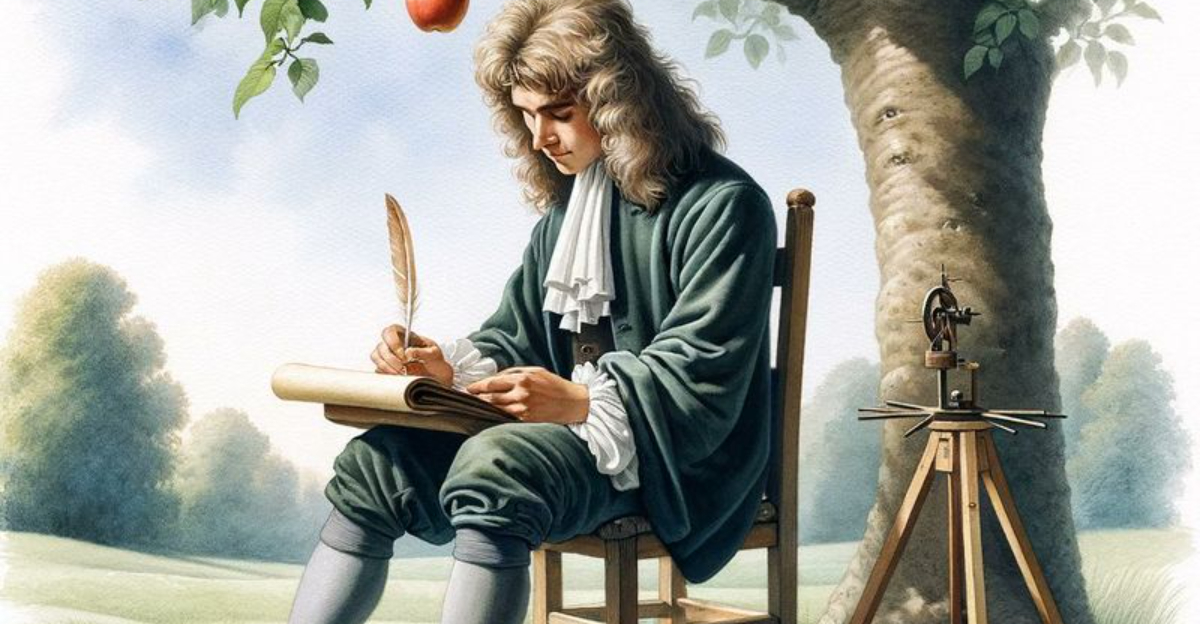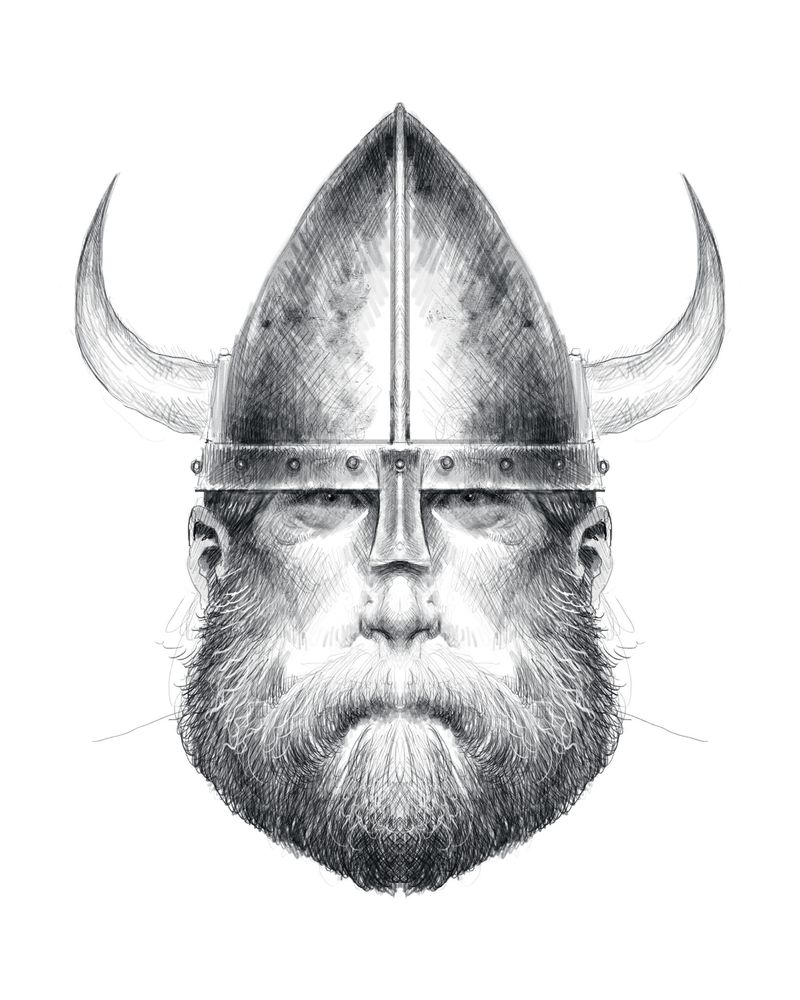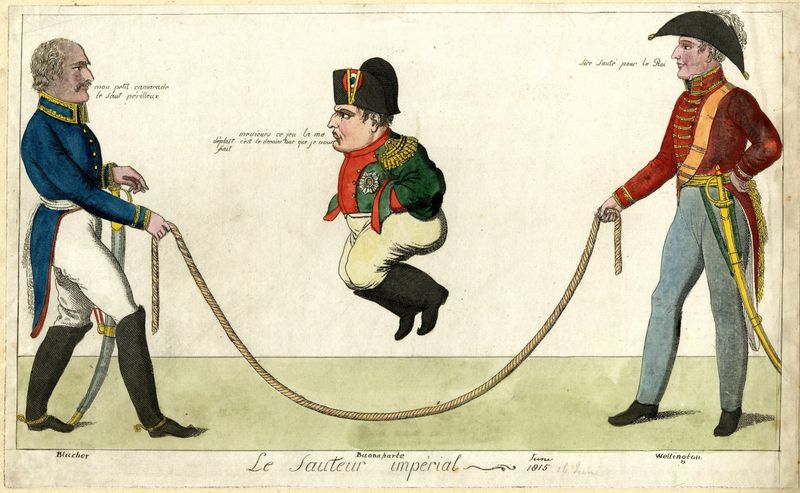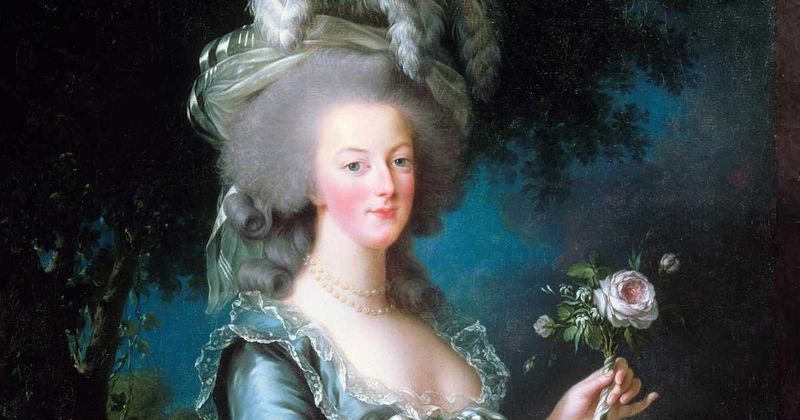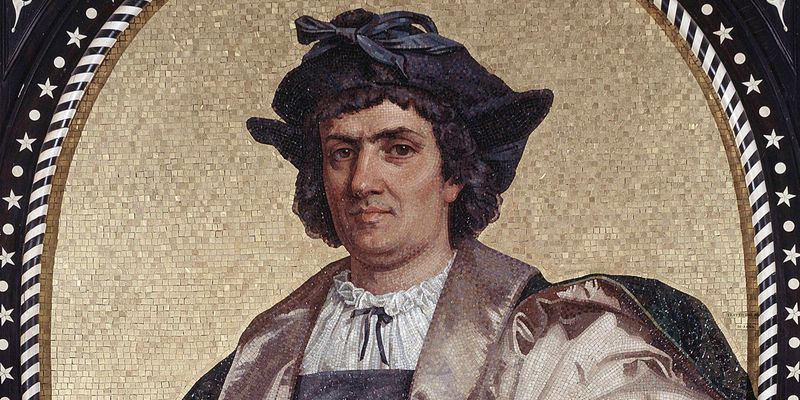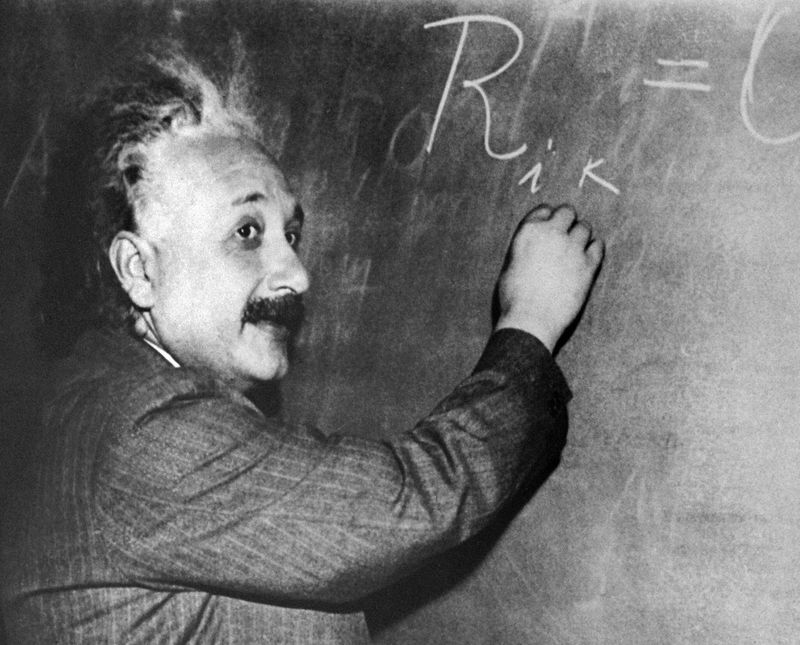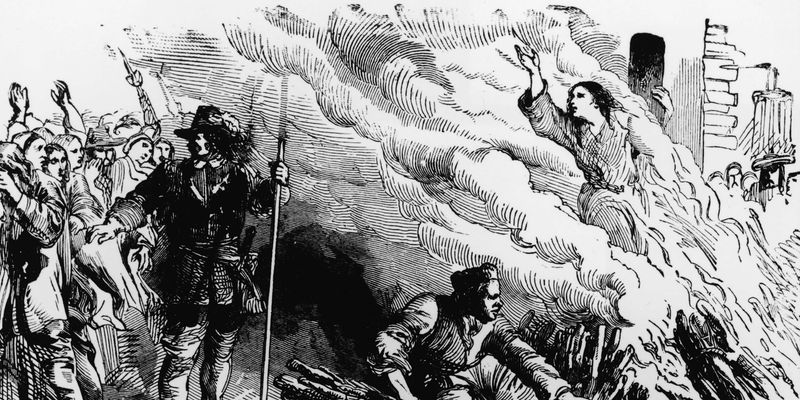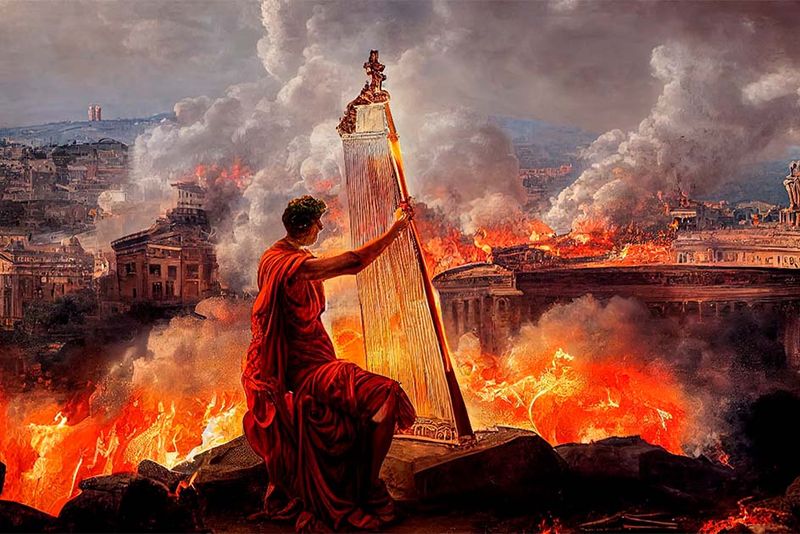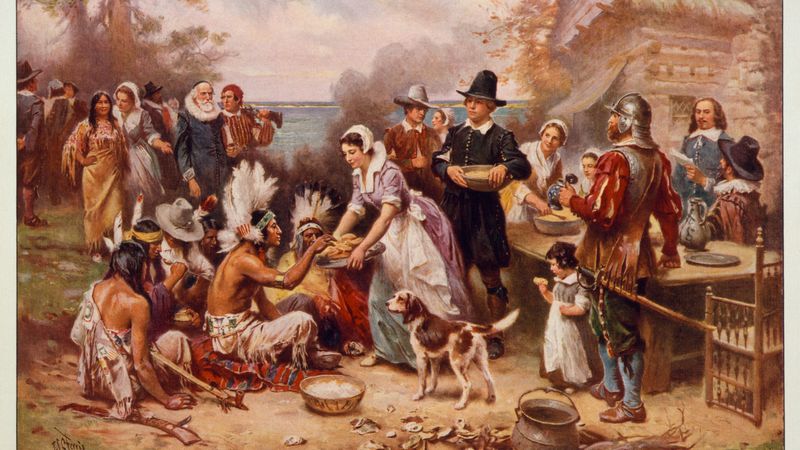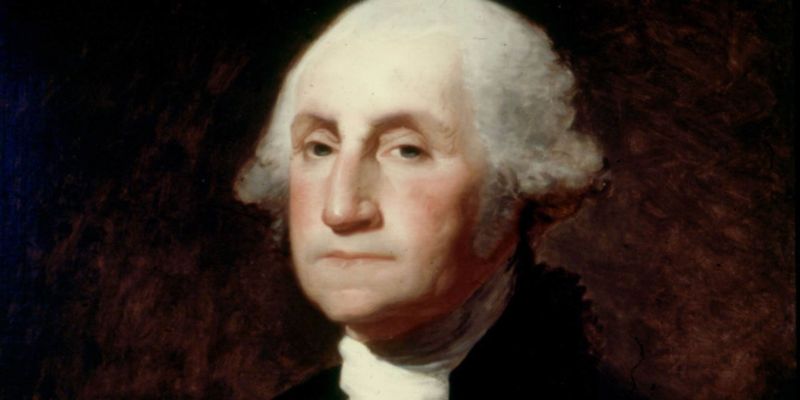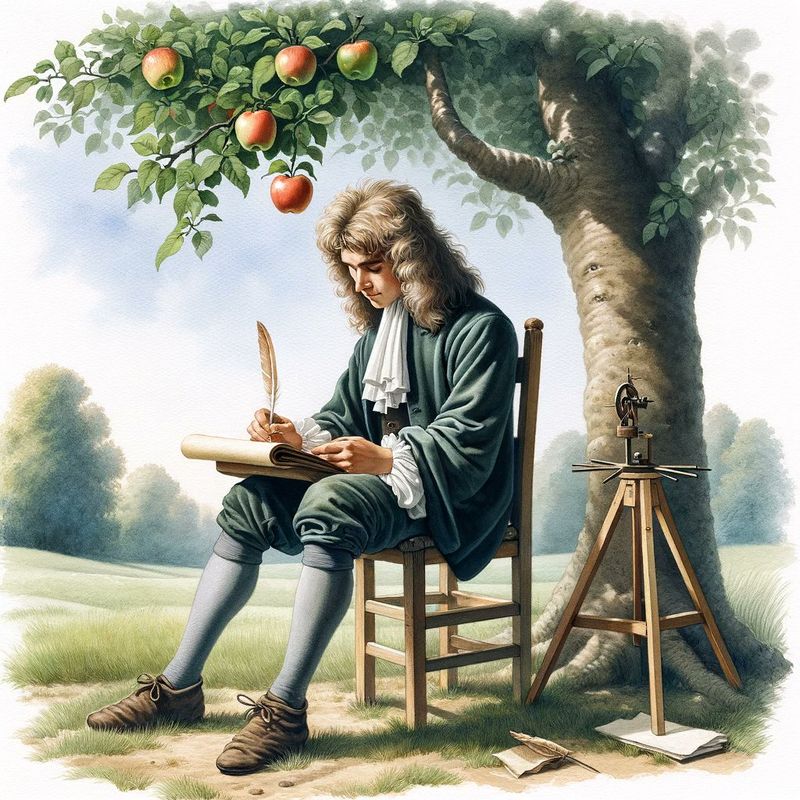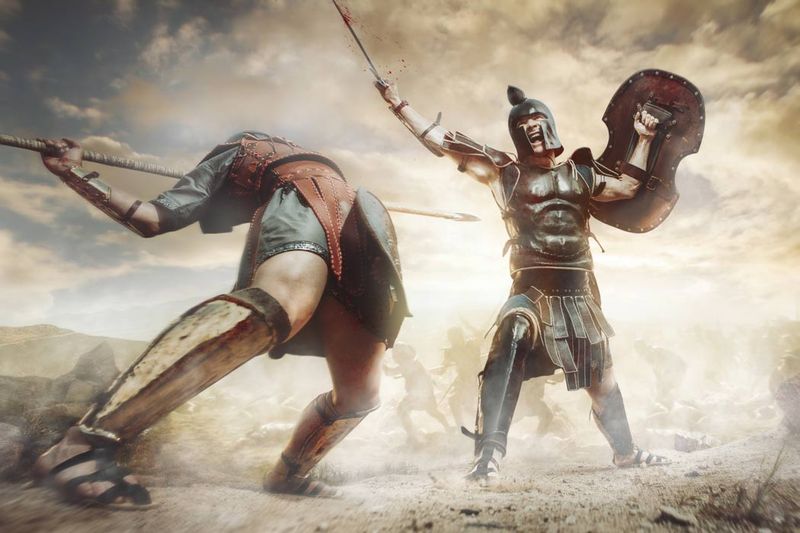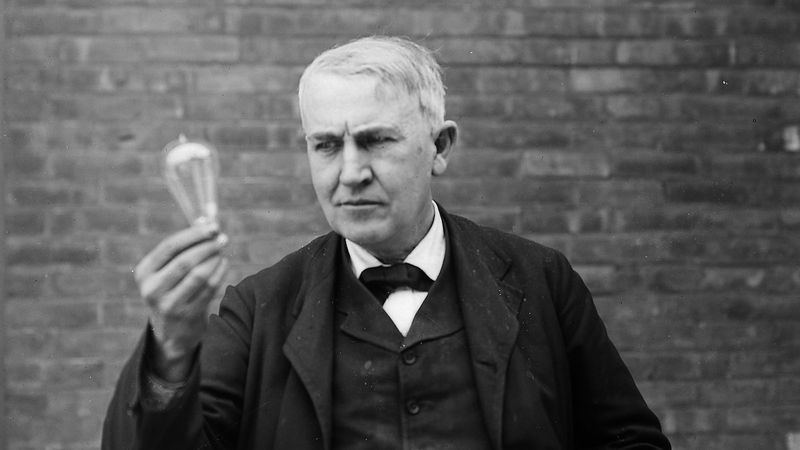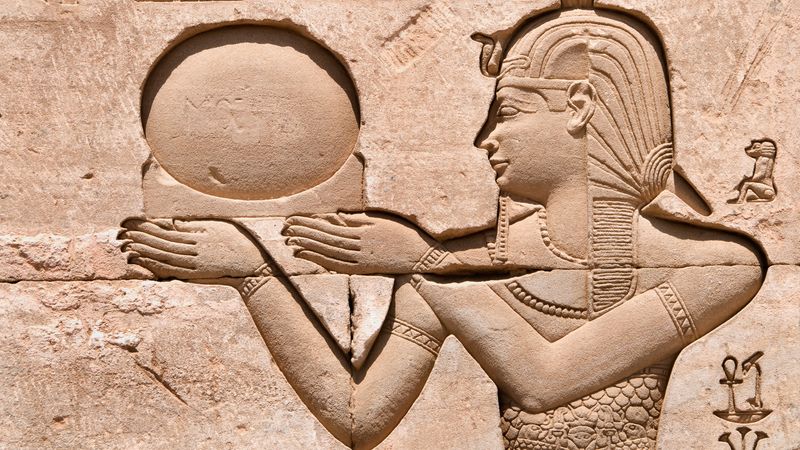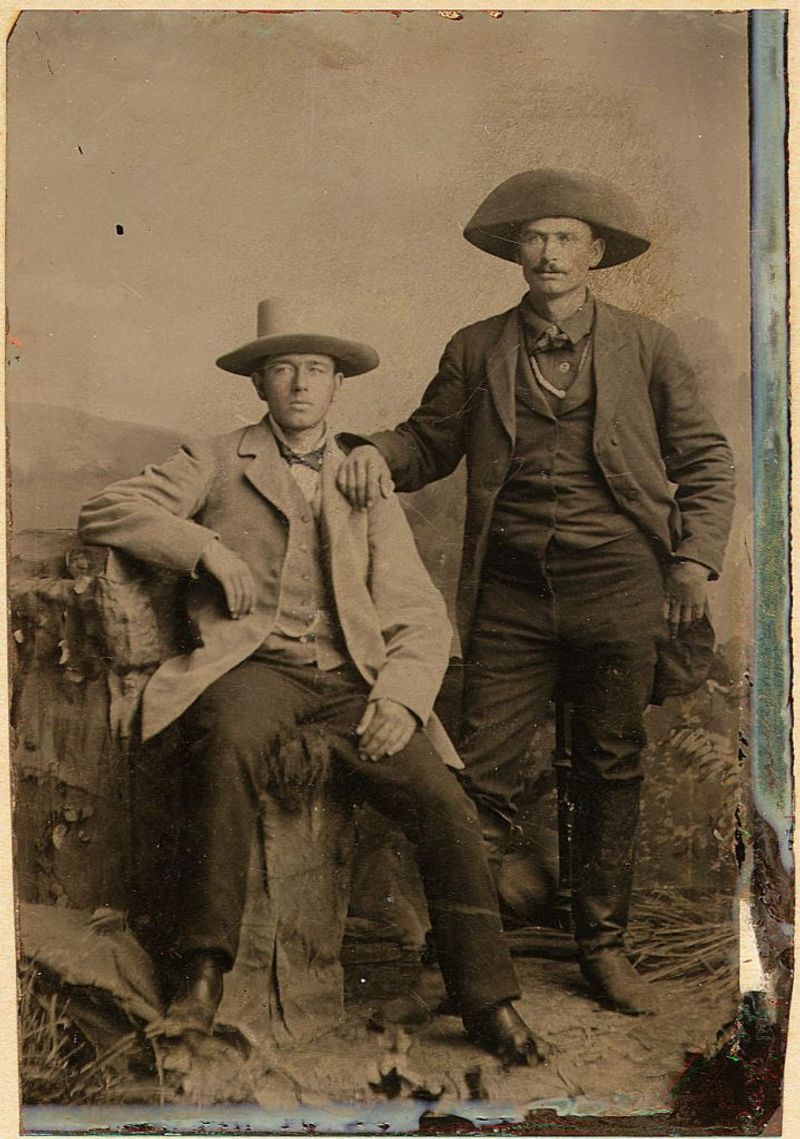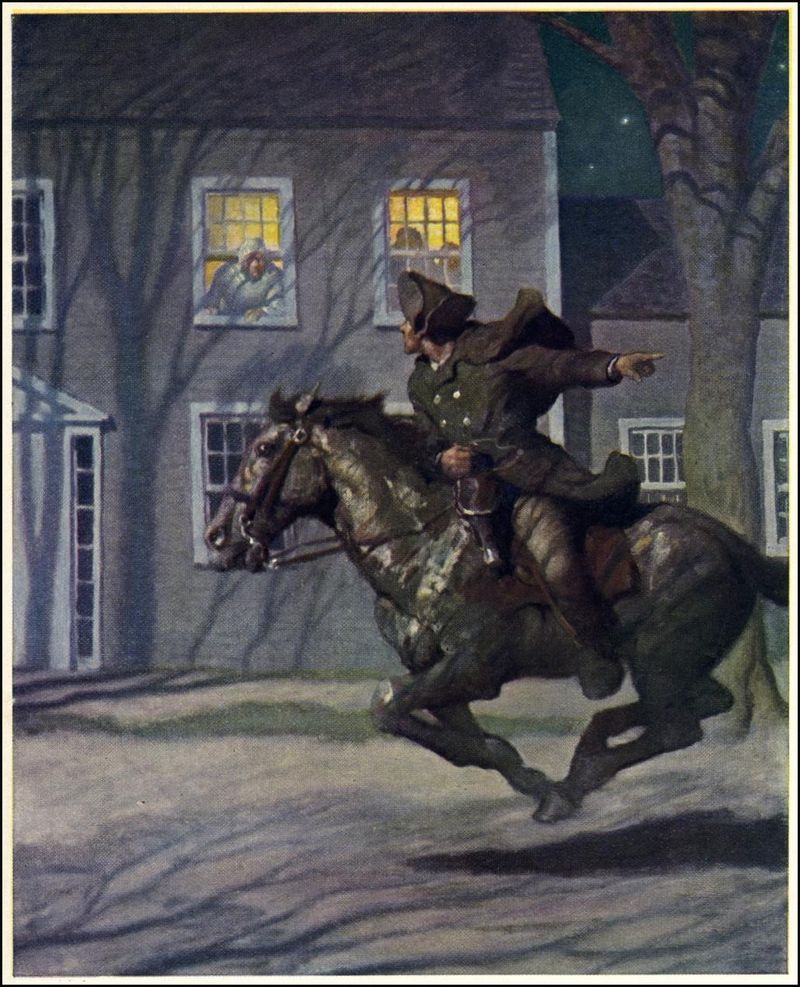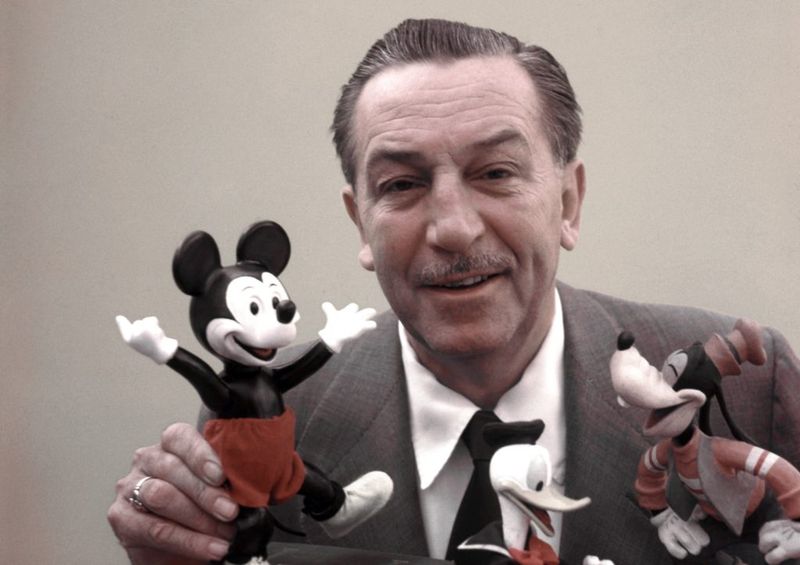History is filled with captivating stories, but not all of them are true. Some myths have persisted over time, clouding our understanding of the past. Here, we debunk 20 commonly believed historical myths, exploring the truth behind each misconception.
1. Vikings Wore Horned Helmets
However, archaeological evidence points to Vikings wearing plain, functional helmets. The horned image emerged from romanticized 19th-century illustrations, not historical accuracy.
These depictions aimed to dramatize Viking conquests, shaping an enduring yet incorrect visual trope. Today, the horned helmet remains a powerful symbol, despite its fictional roots.
Next time you watch a Viking movie, remember the real warriors who sailed the seas without horns on their heads, perhaps focusing more on practicality than flair.
2. Napoleon Was Short
Napoleon Bonaparte is often remembered as the ‘little corporal,’ but was he really short? In truth, Napoleon stood about 5’7″, average for a Frenchman of his time. The myth of Napoleon’s short stature was fueled by British propaganda aimed at belittling him.
This misconception persisted, symbolizing his larger-than-life persona and ambitions. Ironically, the term ‘Napoleon complex’ emerged, describing those perceived as overcompensating for short stature.
In reality, Napoleon’s height was only small in comparison to his enormous impact on history and the European political landscape. Remember, perception can be as powerful as reality.
3. Marie Antoinette Said “Let Them Eat Cake”
Marie Antoinette’s name is often linked to the phrase ‘Let them eat cake,’ a supposed response to the plight of starving peasants. However, there is no credible evidence she ever uttered these words.
The phrase likely originated from a misattribution or literary context before her time. This myth persisted as it encapsulates the perceived disconnect between royalty and the common folk.
In truth, Marie Antoinette’s life was complex, marked by political turmoil and public scrutiny, rather than just callous indifference. Her story reminds us that historical figures often become symbols rather than factual personalities.
4. Columbus Discovered America
The idea that Christopher Columbus ‘discovered’ America is a persistent myth. Long before Columbus set sail, Indigenous peoples inhabited the Americas. Moreover, Norse explorers, such as Leif Erikson, arrived centuries earlier.
Columbus’s voyages did initiate widespread European awareness of the Americas, but calling him the discoverer erases the rich histories of those who lived there first.
This myth is challenged today as we strive to recognize the contributions and presence of Indigenous cultures and their deep-rooted connections to the land prior to European exploration.
5. The Great Wall of China is Visible from Space
The notion that the Great Wall of China is visible from space is compelling but inaccurate. While the Wall is an enormous structure on Earth, astronauts have confirmed it’s nearly impossible to see from low Earth orbit without aid.
This myth persists because it dramatizes the Wall’s grandeur and human achievement. In reality, the Wall blends into its natural surroundings, making it challenging to spot from afar.
The true marvel of the Great Wall lies not in its visibility from space, but in its historical significance and the testament it stands to human ingenuity and perseverance.
6. Benjamin Franklin Discovered Electricity with a Kite
The tale of Benjamin Franklin discovering electricity with a kite is a captivating story. However, while Franklin did conduct experiments with electricity, he didn’t ‘discover’ it, nor was he struck by lightning.
Franklin’s kite experiment aimed to demonstrate the electrical nature of lightning. His ingenuity lay in proving existing theories and contributing to our understanding of electricity, not in the dramatic scene often depicted.
This myth endures as it captures the spirit of innovation and curiosity. Franklin’s true legacy is his contribution to electricity’s study, advancing knowledge rather than a single dramatic discovery.
7. Albert Einstein Failed Math
Albert Einstein is celebrated for his genius, yet a persistent myth claims he failed math as a child. In reality, Einstein excelled in mathematics from a young age, often advancing beyond his peers.
This misconception likely arose from a misunderstanding of his schooling or from his struggles in other subjects. The myth contrasts sharply with his profound contributions to physics and theoretical science.
Einstein’s story exemplifies how talents can be misunderstood or simplified over time, reminding us to look deeper into the real narratives behind celebrated figures and their academic journeys.
8. Salem Witches Were Burned at the Stake
The Salem witch trials of 1692 are infamous, but contrary to popular belief, the victims were not burned at the stake. Instead, they were hanged, a common practice in colonial America for those convicted of witchcraft.
Burning was more typical in Europe, reinforcing the myth in American consciousness. This misinterpretation reflects cultural blending of European and American historical narratives.
Understanding the true nature of these executions highlights the hysteria and fear that gripped Salem, while correcting the record on how these tragic events unfolded, offering a clearer view of the past.
9. Nero Played the Fiddle as Rome Burned
The image of Emperor Nero playing the fiddle while Rome burned is iconic yet misleading. In truth, fiddles didn’t exist in ancient Rome. Nero might have played a lyre, an instrument of the time.
This myth serves as a symbol of Nero’s supposed neglect and apathy during a crisis. While Nero wasn’t a model ruler, historical accounts suggest he may have actually organized relief efforts.
The fiddle myth endures as a metaphor for leadership failing during disaster, rather than an accurate historical account, challenging us to question how stories shape perceptions.
10. Pilgrims and Native Americans Had a Harmonious First Thanksgiving
The narrative of the first Thanksgiving often portrays a harmonious feast between Pilgrims and Native Americans. However, early interactions were complex, with initial peaceful exchanges soon giving way to tensions and conflicts.
This myth persists as it provides a simplified, feel-good story about the origins of Thanksgiving, glossing over the nuanced reality of colonization and cultural clashes.
Recognizing the full scope of these interactions helps in understanding the broader historical context, promoting a more honest reflection of Thanksgiving’s roots and the intricate relationships it represents.
11. George Washington Had Wooden Teeth
George Washington is often remembered for having wooden teeth, but his dentures were actually made from ivory, human, and animal teeth—not wood.
This myth likely arose from the appearance of his dentures, which may have been stained or darkened over time, resembling wood. Washington’s dental struggles were real, yet the wooden teeth story simplifies them.
Understanding the materials of Washington’s dentures reveals the challenges of 18th-century dentistry and offers a more accurate picture of his personal life, beyond the myths that have grown around him.
12. Isaac Newton Was Hit by an Apple
The story of Isaac Newton being hit by an apple is a charming tale of discovery. However, there’s no record of an apple actually hitting him. Instead, Newton described seeing an apple fall as inspiration for his theory of gravity.
This anecdote serves as a metaphor for the moment of insight, simplifying the complexities of scientific discovery. The myth persists because it captures the imagination and makes the concept of gravity relatable.
Newton’s work was a culmination of observation and thought, transforming our understanding of the universe, far beyond a single falling apple.
13. Gladiators Always Fought to the Death
The image of gladiators fighting to the death in Roman arenas is dramatic but not entirely accurate. Many gladiator battles were not fatal, as skilled fighters represented significant investments.
Gladiators were often trained athletes, and their survival meant continued entertainment and revenue. This myth persists because it embellishes the brutality of Roman spectacles.
Recognizing the nuanced reality of gladiator life highlights the complexities of Roman culture and entertainment, showing a society that valued both spectacle and the preservation of its performers for future games.
14. Thomas Edison Invented the Lightbulb Alone
Thomas Edison is often credited with inventing the lightbulb, but he actually improved upon existing designs. Others, such as Joseph Swan, had developed earlier versions.
Edison’s real genius lay in creating a practical and marketable incandescent lightbulb, as well as the supporting electrical systems. The myth of his lone invention highlights the focus on individual achievement in history.
Edison’s work was collaborative, reflecting the spirit of innovation and teamwork that drives progress, reminding us that great advancements often come from collective efforts, not solitary genius.
15. Cleopatra Was Egyptian
Cleopatra is one of history’s most famous Egyptian queens, yet she descended from Macedonian Greeks. Her family, the Ptolemaic dynasty, ruled Egypt after Alexander the Great’s conquests.
This myth persists as Cleopatra is closely associated with Egyptian culture and identity, often depicted as an embodiment of Egyptian royalty.
Understanding Cleopatra’s true heritage enriches her story, showing a ruler who skillfully navigated both cultural identities. Her reign was marked by political acumen and cultural blending, reflecting the complex historical tapestry of the ancient world.
16. Cowboys Always Wore Cowboy Hats
The classic image of a cowboy in a wide-brimmed hat is iconic, yet historically many cowboys wore practical hats like bowlers or derbies.
The cowboy hat, as we know it today, became popular later, evolving from practicality and fashion. This myth reflects the romanticized image of the American West, perpetuated by movies and media.
Understanding the real attire of cowboys offers insight into the harsh realities and practicalities of life on the frontier, contrasting with the legendary and stylized portrayals we often see today.
17. Medieval People Believed the Earth Was Flat
The belief that medieval people thought the Earth was flat is a common misconception. Educated Europeans widely understood that Earth was spherical, a fact known since ancient Greece.
This myth may have gained traction through oversimplifications of medieval scholarship. The spherical Earth was a well-established concept among scholars long before Columbus’s voyages.
Recognizing this truth acknowledges the depth of medieval knowledge and achievements, countering the narrative of an ignorant Dark Ages and highlighting the continuity of scientific inquiry across history.
18. Paul Revere Shouted “The British Are Coming!”
The famous midnight ride of Paul Revere is often dramatized with him shouting, “The British are coming!” In reality, Revere rode quietly, as secrecy was crucial.
Most colonists considered themselves British, making the phrase inaccurate and unlikely. This myth persists as it captures a pivotal moment in the American Revolution with dramatic flair.
Understanding the true nature of Revere’s ride highlights the complexities of colonial identity and the nuanced realities of wartime communication, offering a more accurate portrayal of historical events.
19. Van Gogh Cut Off His Entire Ear
The story of Vincent van Gogh cutting off his entire ear is a dramatic myth. In truth, van Gogh only sliced off part of his left ear lobe during an episode of mental distress.
This myth endures because it symbolizes the tortured artist trope, painting van Gogh’s life as one of extreme emotional turmoil.
Exploring the real story reveals a more nuanced understanding of van Gogh’s struggles and his immense artistic legacy, challenging us to view his life and work beyond sensationalized tales and towards genuine empathy and appreciation.
20. Walt Disney Was Cryogenically Frozen
The idea that Walt Disney was cryogenically frozen is a pervasive urban legend. In reality, Disney was cremated after his death in 1966.
This myth may have arisen from Disney’s imaginative and futuristic visions, blending with speculative science fiction. It persists as a symbol of technological optimism and wonder.
Disney’s true legacy lies in his groundbreaking contributions to animation and entertainment, inspiring generations with creativity and innovation, not in fictional tales of his posthumous fate.
